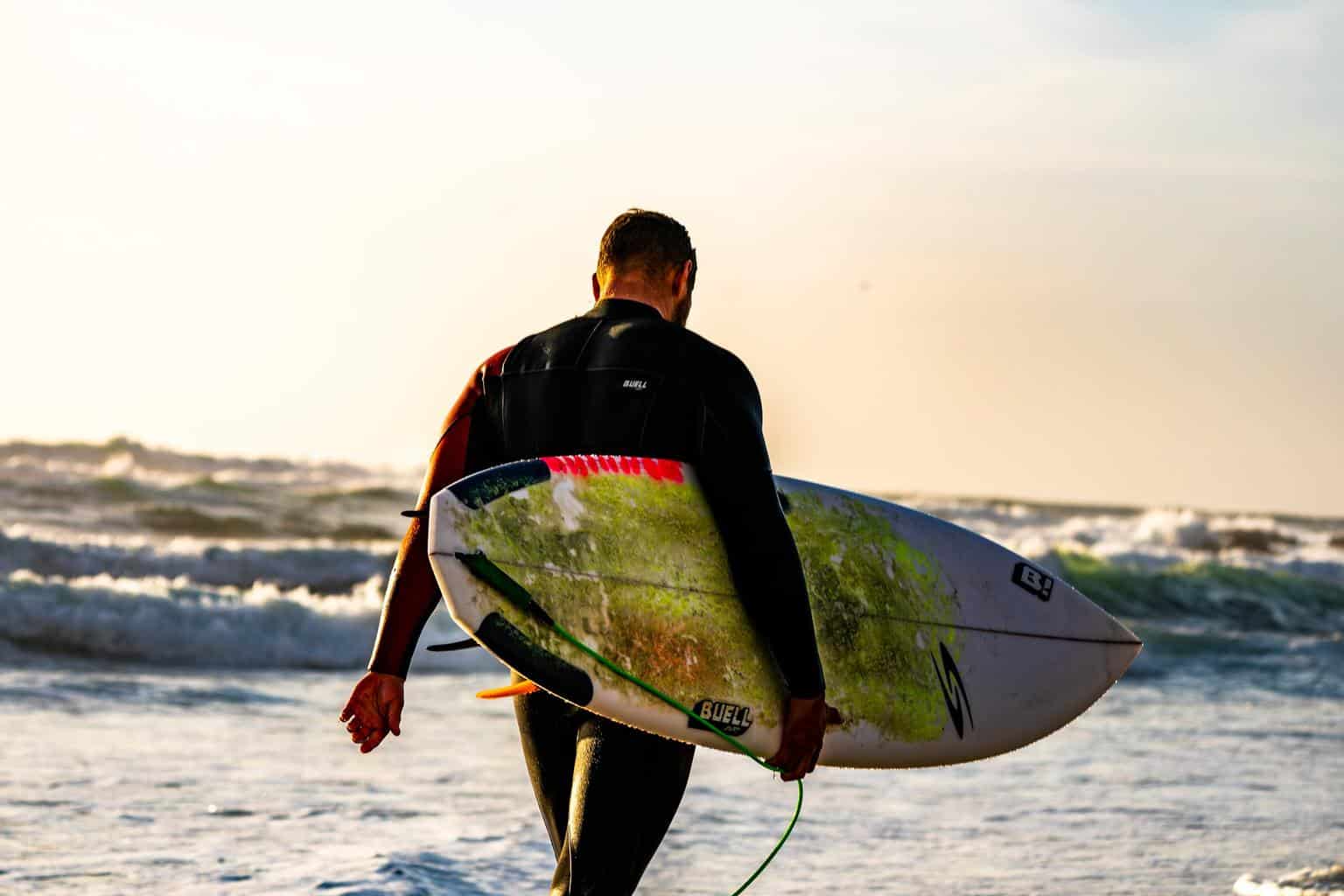Water can be slippery, so keeping your feet secured to your surfboard in the ocean can be a tricky endeavor.
This is why it is important to properly wax your surfboard.
If you have never waxed a surfboard before, you may be wondering how to wax your board and how much surf wax to use.
There is no hard and fast rule when it comes to how much wax you use for a surfboard, but there are some basics that need to be covered.
These include the type of wax, your method of application, and the result that the wax leaves.
That being said, a good rule of thumb is about half a bar of wax at a time should be used.
Once you know about these three points, your feet are bound to stick to your board like glue.
Keep reading to find out more about surf wax, what types to use, and how to apply it to your board.
- Why Do Surfers Wax Their Board?
- What Is Surf Wax Made From?
- Is Surf Wax Toxic?
- Different Types of Surf Wax
- How to Correctly Wax a Surfboard in 4 Steps
- Do You Wax the Bottom of a Surfboard?
- How Long Does Surf Wax Last?
- Should I Wax a Foam Board?
- Can You Surf Without Wax?
- What Can I Use Instead of Wax? (3 Alternatives)
- Conclusion
- You Might Also Like…
Disclosure: this post contains affiliate links (clearly marked with ), which means we may earn a commission if you buy something through them, at no additional cost to you.
Why Do Surfers Wax Their Board?
Have you ever wondered what exactly surf wax is and why surfers wax their boards?
Surf wax is a mixture of natural and synthetic wax that is used for a single purpose: to stop the surfer from sliding off their board.
Most surfboards are nowadays made from fiberglass, which is extremely smooth.
When in the water, your surfboard can come close to representing a small water slide if wax is not used.
Waxing your surfboard will allow you to stay in the correct position while paddling and prevent your feet from slipping when standing.
Aside from the convenience of staying on your board, having your feet slip while surfing can be dangerous and lead to unexpected injuries.
What Is Surf Wax Made From?
Surfboard wax is generally made from a mixture of beeswax, paraffin, or other hard waxes.
Depending on the company you buy your wax from, they may also contain scents such as coconut or bubblegum, which are added purely for your enjoyment.
Most of these synthetic surf waxes are found cheaply and in abundance, but can be hazardous to the environment.
Is Surf Wax Toxic?
If you are wondering if your surf wax is toxic, then the answer is: maybe.
As mentioned, cheap synthetic waxes are made with petrochemicals, which are not biodegradable and if ingested are toxic.
The small bits of wax that fall from your board can be eaten by sea life or dwell on the ocean bed for years.
Beyond that, the chemicals in the wax will slowly leak over time, polluting the ocean that you spend your most enjoyable hours in.
Although paraffin might not be the best thing to be taking into the ocean, there are many brands out there that supply 100% organic and eco-friendly surfboard wax.
It is also possible to make your own surf wax with a few simple, organic materials such as beeswax, coconut oil, and/ or vegetable oil.
Different Types of Surf Wax
In basic terms, there are two types of surf wax: a basecoat and “normal” wax.
Normal wax can be further separated into cold water and hot water wax, also known as soft and hard wax.
Soft and hard waxes are then separated into different ideal consistencies depending on the water temperature. These include cold water wax, cool water wax, warm water wax, and tropical wax.
The following list is a breakdown of which surf wax to use in various conditions:
- Basecoat wax: Basecoat wax is a hard wax that does not have a temperature specification.
The base wax is a special undercoat that is first applied to your board which makes the normal wax stick better and makes it easier to apply. - Cold water surf wax: Used for water temperature under 14°C (58°F).
- Cool water surf wax: Ideal for temperatures between 12-20°C (54-69°F).
- Warm water surf wax: Used in waters with temperatures between 17-25°C (63-78°F).
- Tropical surf wax: Best for waters above 24°C (75°F).
How to Correctly Wax a Surfboard in 4 Steps
Now that you have chosen the correct wax for your climate, and have some basecoat wax at hand, it is time to apply it to your surfboard.
Correctly applying your wax will prevent it from coming off as well as improving the grip that it provides.
1. Always start with a clean board
If there is already old wax on your surfboard, then remove it with the flat end of your wax comb or use another flat scrapping object such as an old bank card.
Once all the old wax is removed, wipe down the board’s surface to make sure it is smooth and seems new.
2. Apply the basecoat
There are various techniques you can use when applying the basecoat.
Some surfers like to rub it in small circular motions around the board, others prefer a cross stitch pattern. Some people even go to town on the board with wild chaotic patterns.
The pattern that you use to apply your basecoat is entirely up to you, but one thing should always remain constant: the basecoat should be applied gently.
If you use too much force when applying the basecoat, the wax will smudge and become smooth.
Your base coat should form small beads that allow the normal wax to stick. The best way to achieve this effect is by using the edge of the wax bar and not the flat side.
3. Apply the normal wax
Once your board is covered with a basecoat, you are ready to apply your temperature wax.
Using your favorite technique, apply the wax throughout the areas that will make contact with your body at any stage.
Depending on the size of your board, you may go through 1/2 to 2 bars of wax to complete this.
The final coat of wax should look like small granules and not smooth.
4. Use a wax comb to finish the job
If you do not have a wax comb, you can use an old fork (plastic is better as it will not damage the fiberglass or foam).
Taking the toothed side of the comb, run it diagonally across the board in a crosshatch pattern. This will roughen up the wax for better grip.
You can re-comb your board before every surf session, which will keep the wax rough and sticky.
Do You Wax the Bottom of a Surfboard?
What about the bottom though? Should you ever wax the bottom of a surfboard?
One thing that should be noted is that you should NEVER wax the bottom of your board.
For one, it is a waste of wax because you will not be standing on the underside of your surfboard.
If that is not enough, the rough texture of the wax will create resistance and friction between your surfboard and the water. This will slow you down and require some extra effort when you are paddling.
You will find yourself doing enough exercise while surfing, so there is no need to add to the load.
How Long Does Surf Wax Last?
Surf wax does not expire when it is unused and in the box, however, once applied, the wax has an “expiry date”.
Your surf wax should last you approximately 3 months after it has been applied to your board.
Because it is sticky, and the world is dirty, after some time you will notice that it has become smooth, grey, and clumpy. This is a good time to change it.
Of course, there are a few factors that could reduce the life of the wax on your board:
- It melts off because the temperature is too hot, or you used the incorrect wax.
- You did not use a base coat.
- You used low-quality surf wax.
- Too much sand and dirt mixed with the wax on the surfboard.
Should I Wax a Foam Board?
If you are learning to surf, or like to cruise on smaller waves, you may be using a soft top surfboard, otherwise known as a “foamie”.
You will notice that your foam board seems slightly ridged and rougher than the surface of a fiberglass board, and you may think you do not need to wax it.
Although the foam surface is not as smooth as a hardtop board, when in the water it becomes surprisingly slippery.
It is of course possible to use it without surf wax, but waxing your foamie before hitting the water will certainly improve your session.
The plus side of a foam board is that it will not need to be waxed as often, and when applying the wax, only a thin layer is needed.
Applying a basecoat of wax will even further extend how long the wax lasts.
Can You Surf Without Wax?
So if wax is so important, both for stability and safety, is it possible to surf without wax?
When you surf, almost everything you do is a personal choice. This may be why this extreme water sport is freeing and appealing to so many.
Of course, you can surf without wax on your surfboard, but should you? That depends on the reason.
If you don’t plan to replace it with anything else, then it is guaranteed that you will not enjoy your surf session.
You should always have some sort of anti-slip product on your surfboard.
Whether you don’t want to use wax because it seems wasteful, or if you are worried about the effects on the environment, there is an alternative for you.
What Can I Use Instead of Wax? (3 Alternatives)
So you have decided that even with the eco-friendly option, surfboard wax just isn’t for you.
There are many surf wax alternatives that you can use on your surfboard.
Although everything comes with its pros and cons, let’s take a look at what choices you have when you want to avoid using surfboard wax.
1. Full Board Trackpad
You may have seen some surfers using a pad near the back of their board. This is a foot grip and used to increase traction for your hindfoot, which helps increase control.
A full-board trackpad is made from the same material, usually an EVA foam, but instead of only in the back, it will cover the majority of the board.
This foam is grooved to improve grip. The downside of this is that it is not as effective as a surf wax, and can be uncomfortable when paddling as it is thick and has large protrusions.
On the plus side, it will not need to be replaced as often as surf wax, and will not melt or get sand stuck to it.
2. Cork Traction Pads
Similar to an EVA full board trackpad, a cork traction pad is a sustainable and eco-friendly alternative.
Cork is a natural product, biodegradable, and lasts well in seawater.
If you are the eco-conscious type, then this grip is perfect for you as it avoids using EVA which is a plastic derivative.
The pros and cons of these grips are much the same as the EVA board grips with the bonus that they are sustainably sourced and will not pose a threat to ocean life.
3. Sticky Surfboard Grip Pads
Looking almost like sandpaper, or skateboard grip from a distance, this traction pad is sleek and minimal.
A thin layer of ridged sticker is placed along the board which is a wonderful alternative to surf wax, as well as a UV protector for your surfboard.
This grip sticker is thin and will not disturb you when paddling, will not stick to sand, and is easy to apply.
On the downside, these grips are on the expensive side and do not work as well as surf wax.
Conclusion
Either surfboard wax or an alternative friction-creating material is a must when going for a surf.
Everyone has their own methods when it comes to waxing their board, but the result should always be that the surface is rough and has grip.
To achieve this result you may use from 1/2 a bar to 2 bars of surf wax (depending on your board size).
Never go sparingly with your surf wax as it lasts a long time, and all the falling as a result of a poorly waxed surfboard is just not worth it.
You Might Also Like…
-

Do Surfers Ride Switchfoot? 5 Benefits (& Why You Should Learn It)
-

Do Surfers Shave Their Legs? 5 Common Reasons (+Pros & Cons)
-

Do Surfers Wear Helmets? 8 Situations You Should Wear One (+4 Cons)
-

Do Surfers Poop in the Ocean? Myths & Facts (+5 Tips)
-
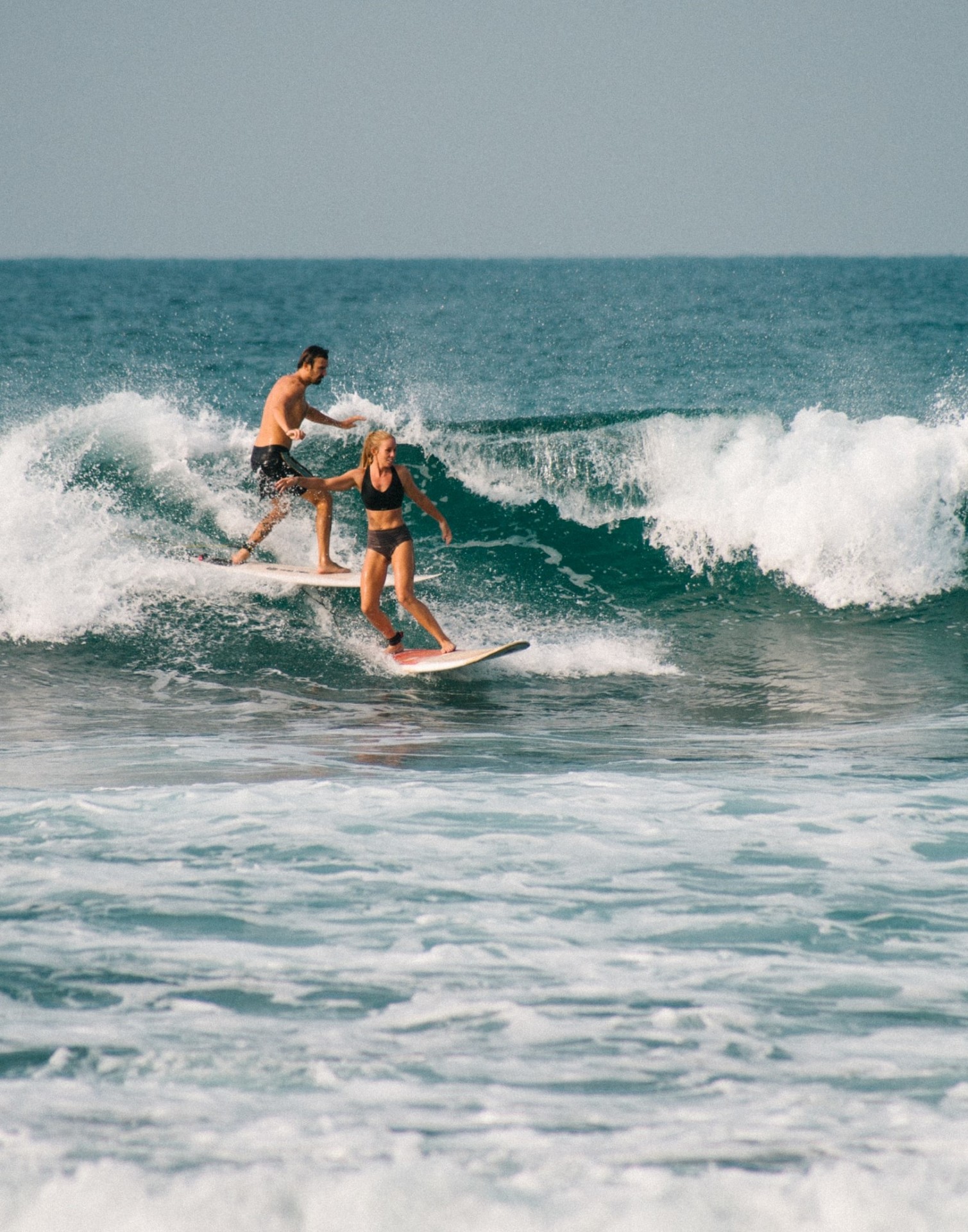
Do Surfers Run Into Each Other? 5 Common Reasons (+8 Tips)
-

Do Surfers Have Beards? Pros & Cons You Should Know (+4 Tips)
-
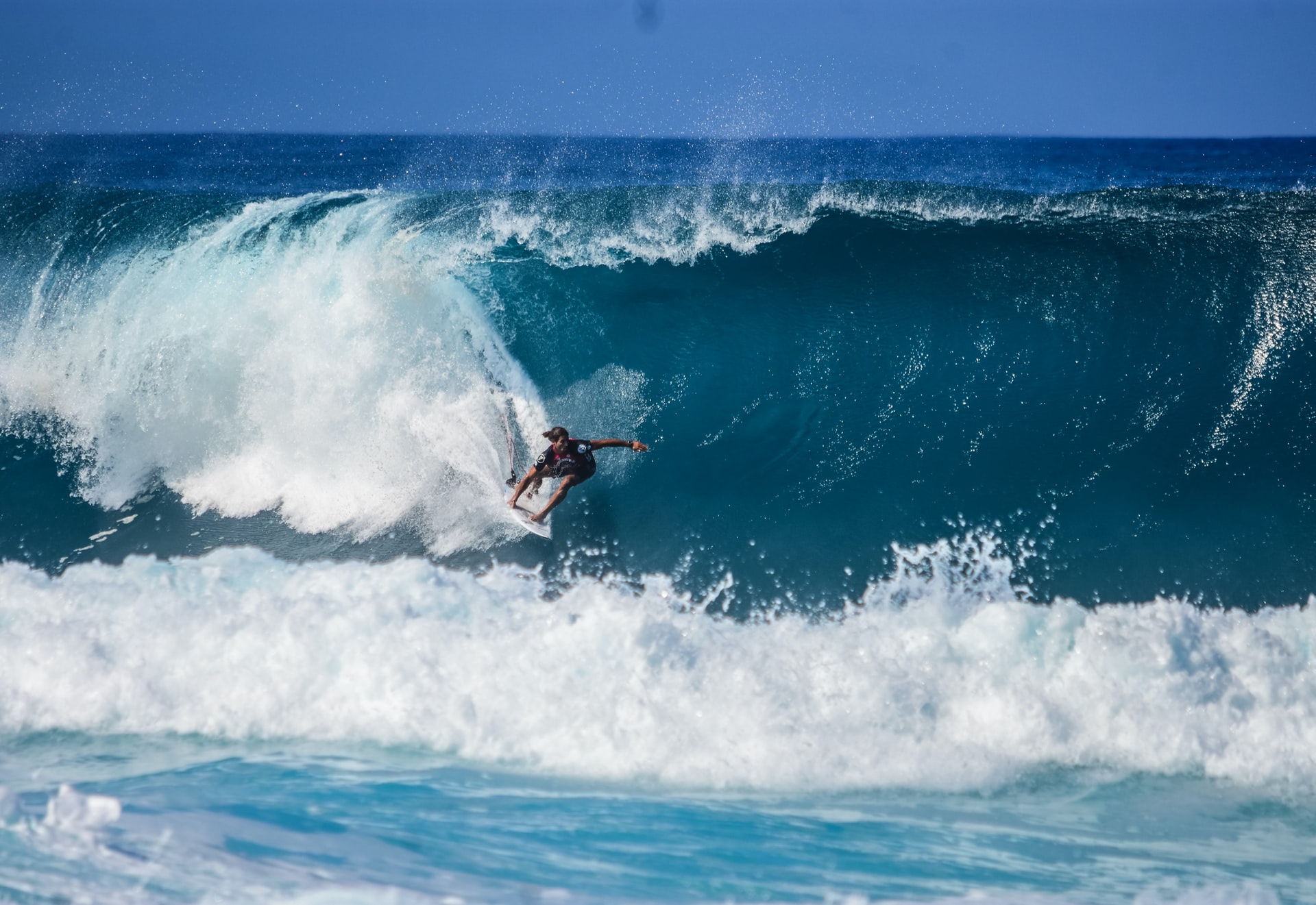
Do Surfers Like Constructive or Destructive Waves? (+Pros & Cons)
-
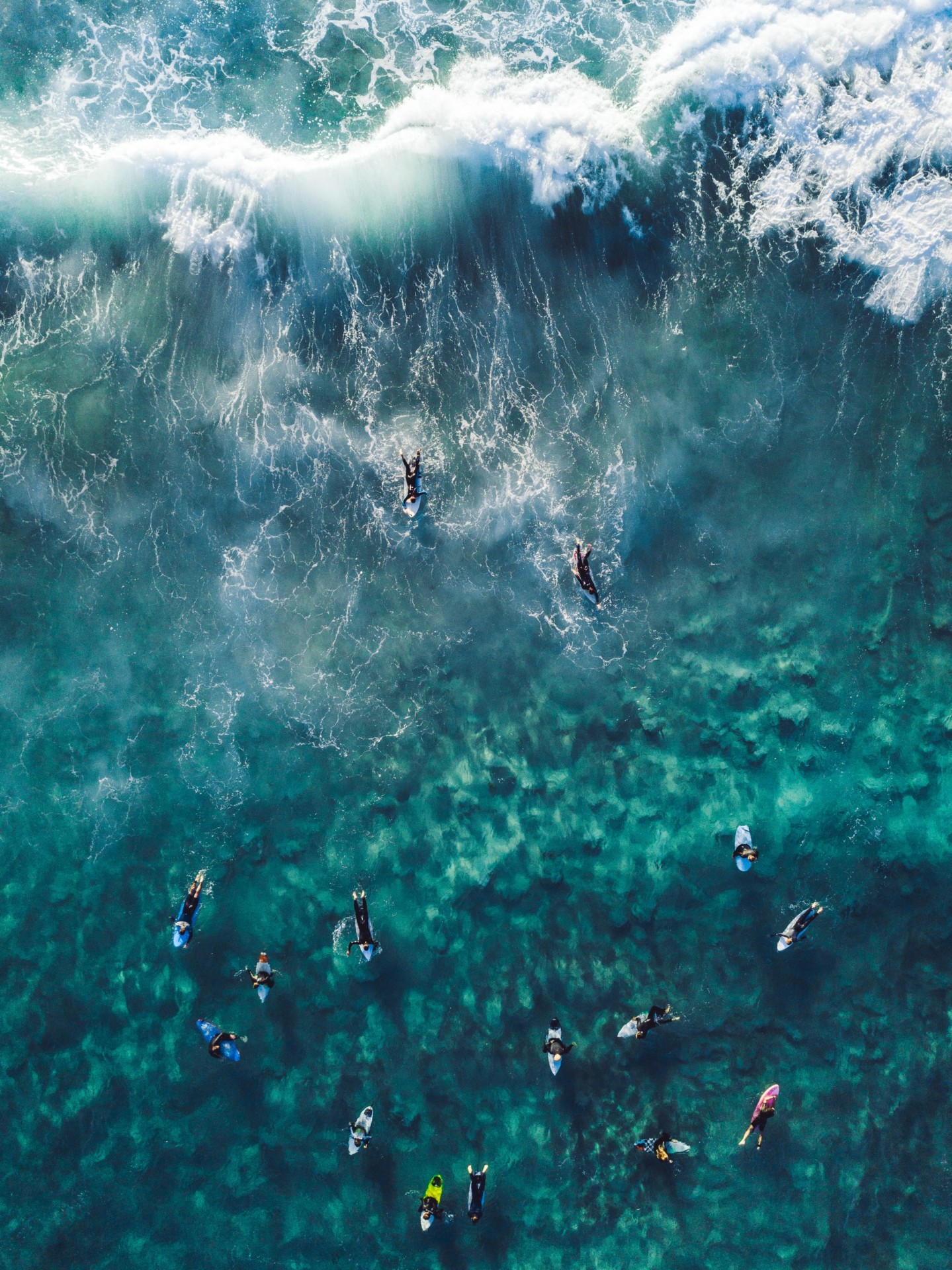
How to Surf Safely: 34 Crucial Tips (Every Surfer Should Know)
-
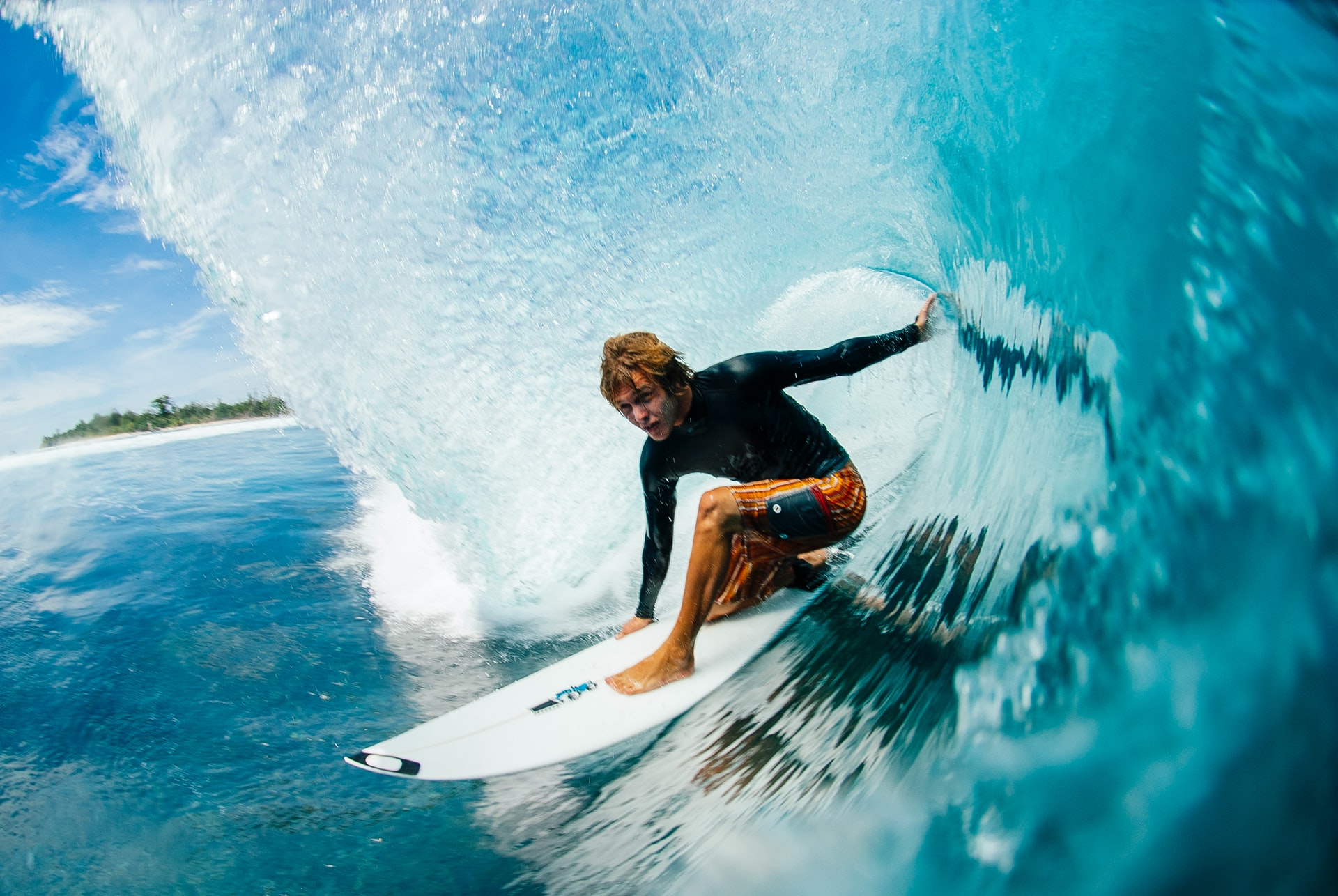
Do Pro Surfers Use Leashes? (+6 Reasons Why You Should Too)
-
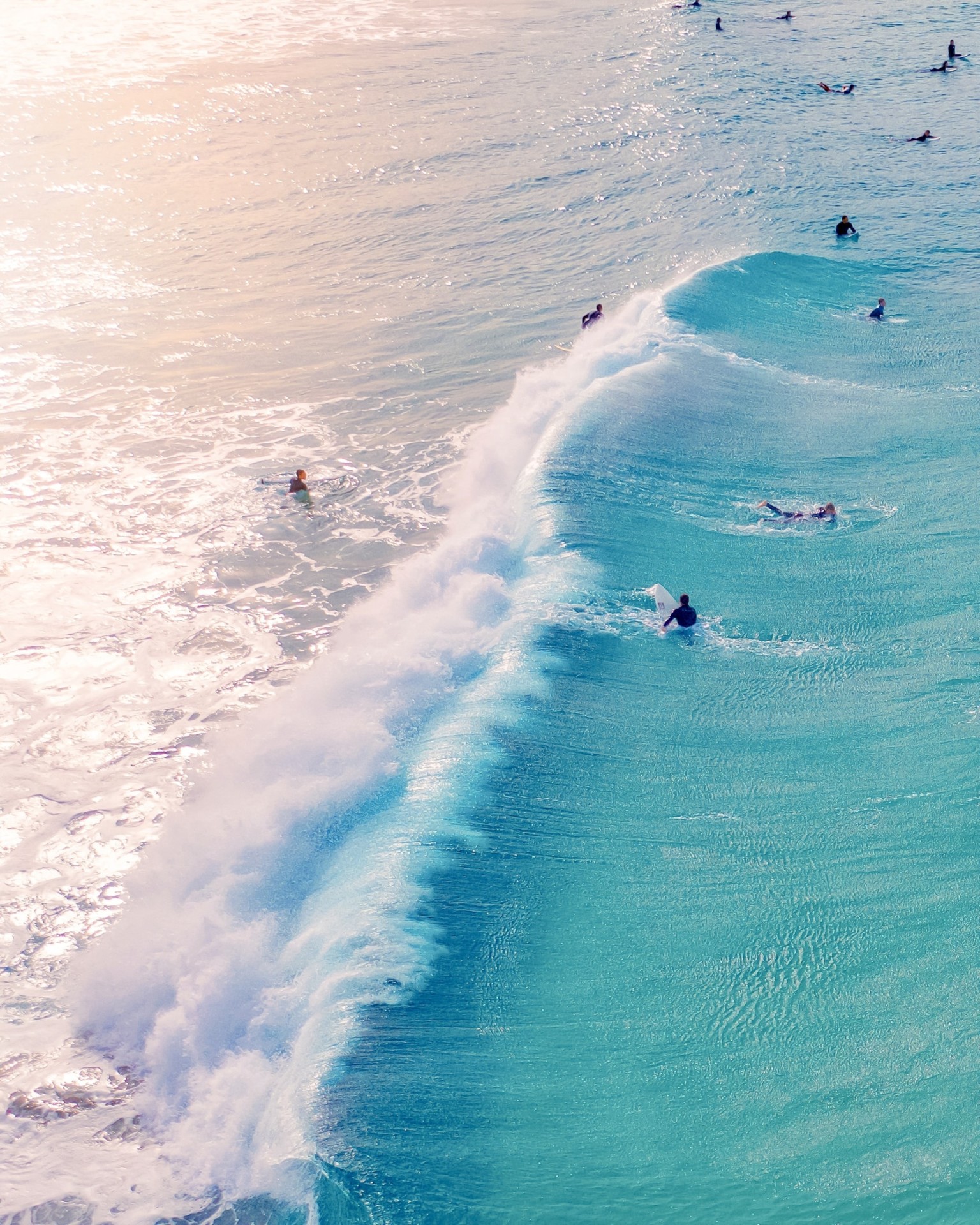
Do Many Surfers Drown? Here Are the Facts (+4 Common Reasons)
-
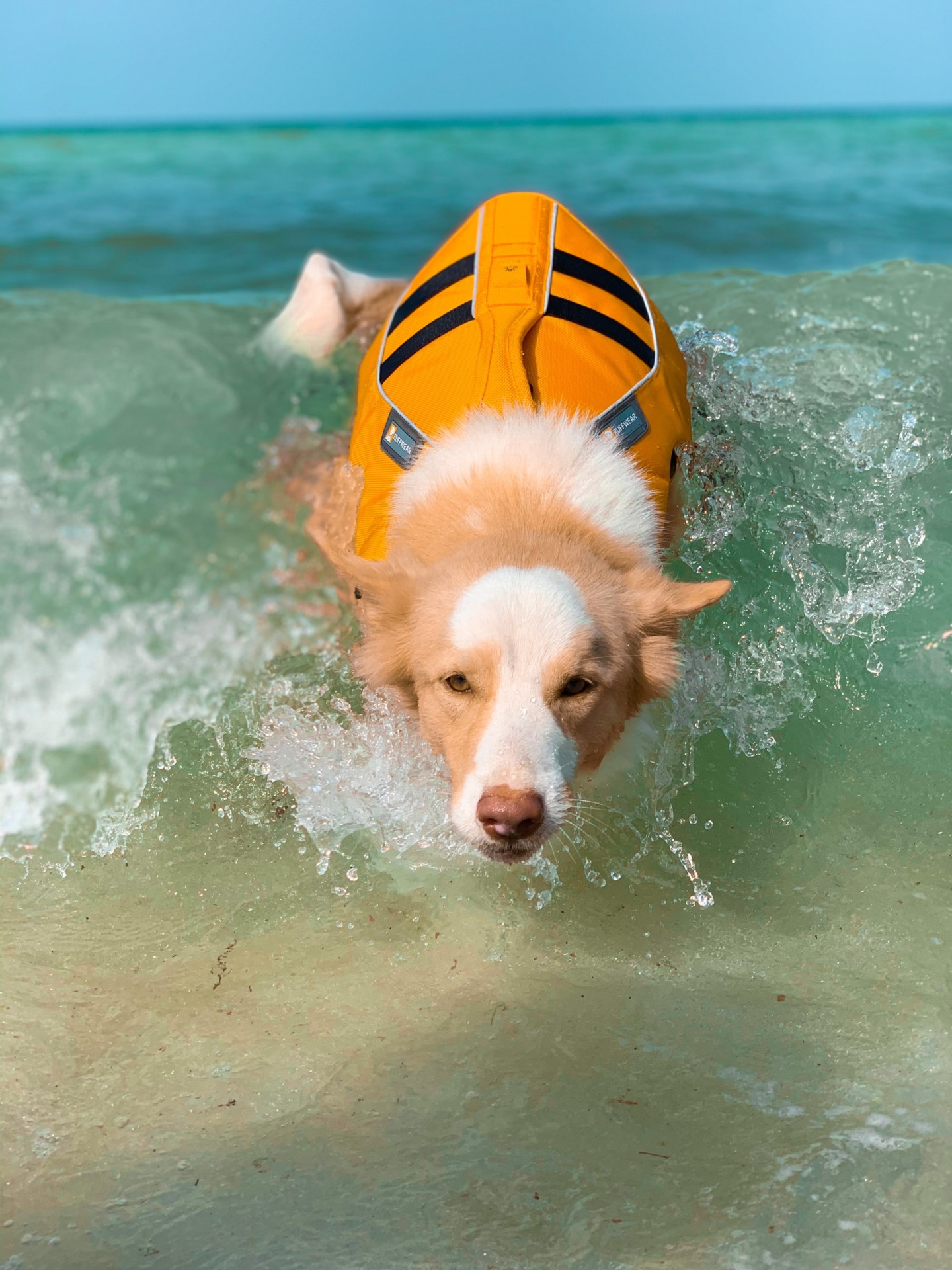
Do Surfers Wear Life Jackets? (7 Reasons Why They Don’t)
-
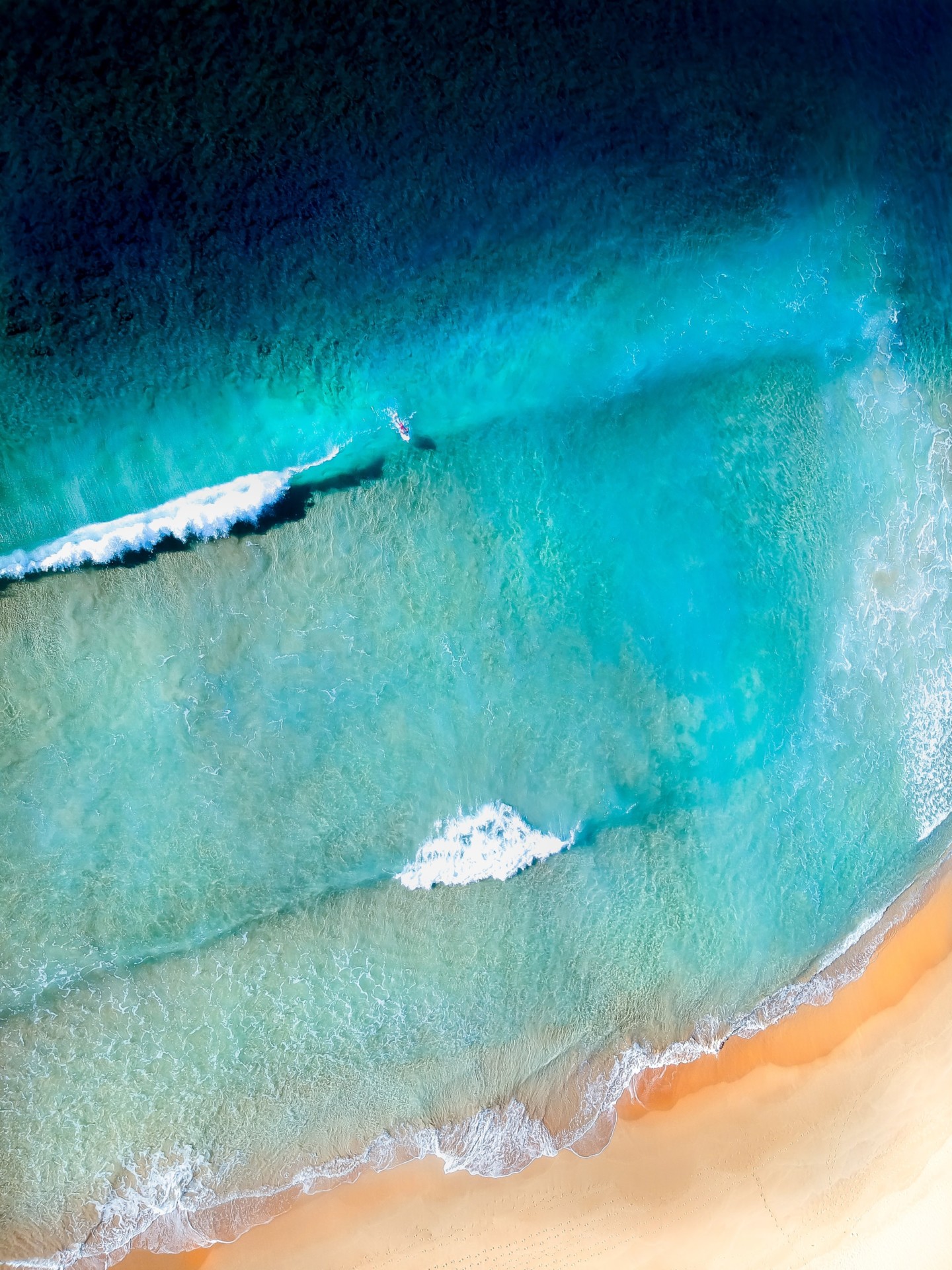
Do Surfers Like Rip Currents? (& How to Use Them Safely)

